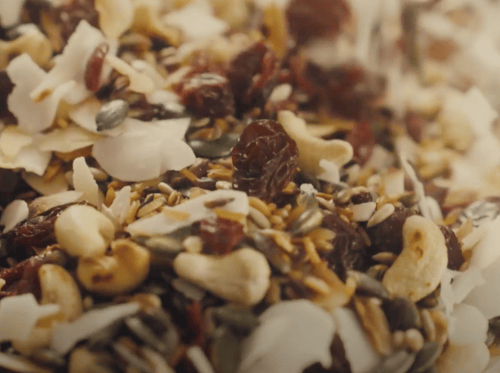There’s a theatre to steak tartare. As with all the finer things in life, it calls for only the finest quality ingredients. If ever you decide to treat yourself to this delicate luxury at a restaurant that makes the dish at your table, you’ll find its classic serving method equally as indulgent. It all happens on a well-kitted-out cart, and begins with the cracking of an egg to extract the yolk. One by one, and with great fanfare, the ingredients are mixed into the egg yolk. Then, the chopped steak (perched on a bowl of ice) is mixed with the rest of the ingredients, plated, shaped and served. And on one of those rare culinary occasions, when you are left with a buttery mouthfeel and the delicate lingering of a spicy savouriness, the final product more than lives up to the hype.

More often than not, the utterance of the words “raw meat” results in a sharp inhalation of breath (through the teeth), a puckering of the mouth and a bewildered frown. It triggers an inborn phobia in most of us, like something we’ve inherited from our ancient ancestors. In truth, raw meat can be risky business, which is why I’ve always maintained that my relationship with my butcher is one of my most valuable. Trust and you have nothing to fear. And when it comes to steak tartare, make sure you use only the highest quality beefsteak cuts, like filet mignon, tenderloin or sirloin – accept no substitutes.Legend has it that steak tartare got its name from the Tatars (a Turkic-speaking Russian people), who enjoyed eating horse meat. All true so far, but this is where we might be venturing into the realm of fiction: because they didn’t have ready access to fire, they are said to have tenderised their meat under their saddles to enjoy raw. But as with most stories behind the names of dishes, its origins are probably very simple. As simple as the fact that steak tartare is usually served with sauce tartare, which hardly classifies as a story.

When preparing steak tartare, choose a cold corner of your kitchen. Keeping the steak cool keeps it fresh. Use a sharp, sizeable knife (like a cook’s knife) and mince the steak by first slicing it into thin slivers and then into tiny pieces. Your ingredients will almost always include capers, chopped onions (or shallots), gherkins and a spicy Dijon mustard. And to crown your creation, an egg yolk nestled in a half shell. There are, of course, countless variations of this recipe, but this remains one of my favourites.
INGREDIENTS
450 g sirloin steak
10 ml Dijon mustard
2 anchovies, finely chopped
10 ml tomato sauce
10 ml Worcester sauce
about 4 drops Tabasco sauce (optional)
10 ml Cognac or brandy
1 shallot, finely chopped
15 ml capers, finely chopped
4 cornichons (very small gherkins), finely chopped
15 ml chopped parsley
salt and freshly ground black pepper
2 egg yolks
METHOD
Cut the fat layer off the steak.
Use a very sharp knife and chop the steak into very small pieces.
Place the chopped steak in mixing bowl. Add rest of ingredients (except the egg yolks) and season with salt and pepper.
You can mix the egg yolks into the meat or you can mold the meat on a serving plate and place the egg yolks on top.
Serve immediately with French fries or a baguette.

FEATURED RECIPES



























